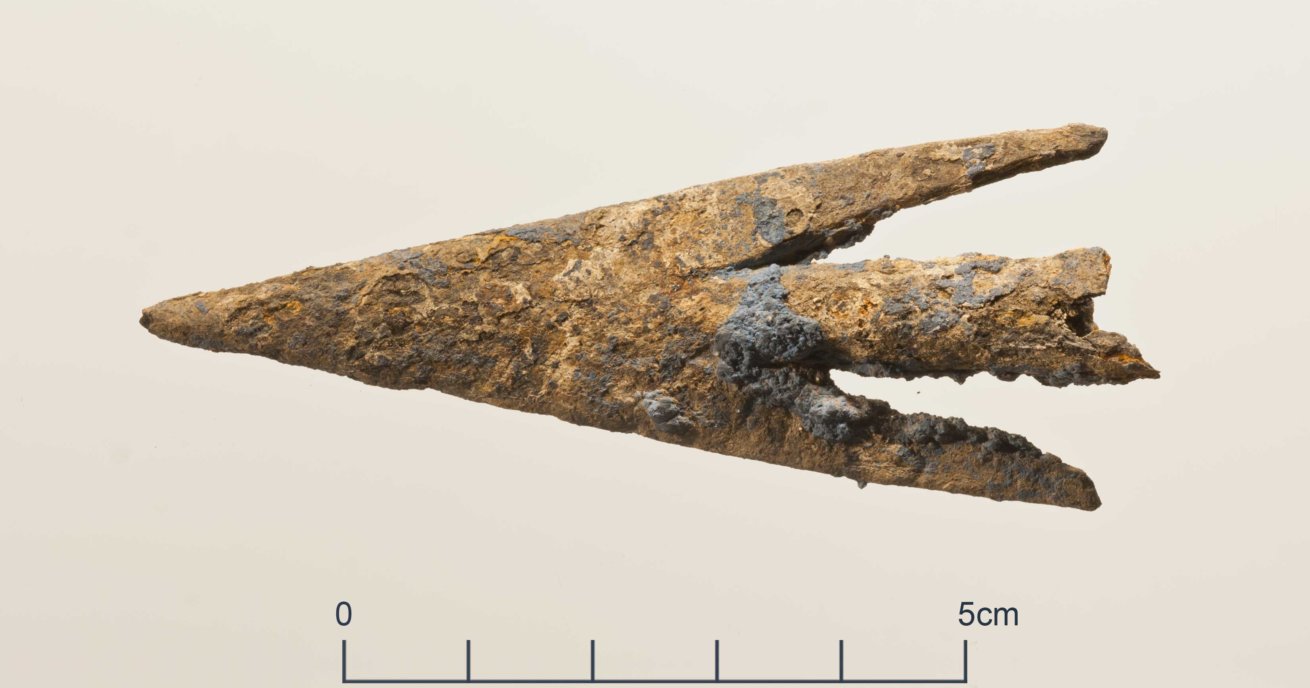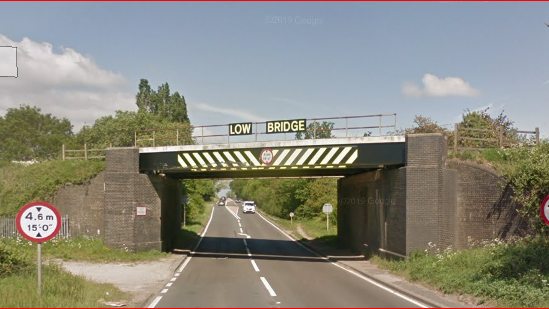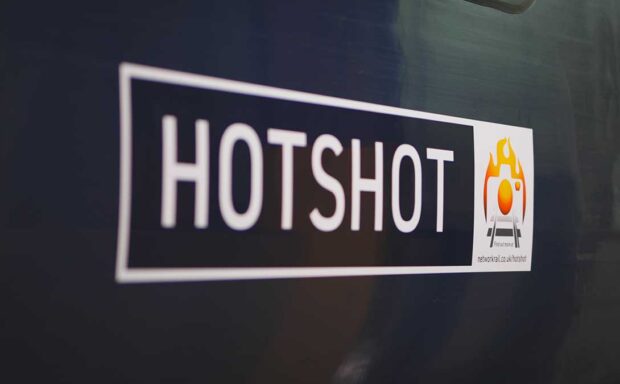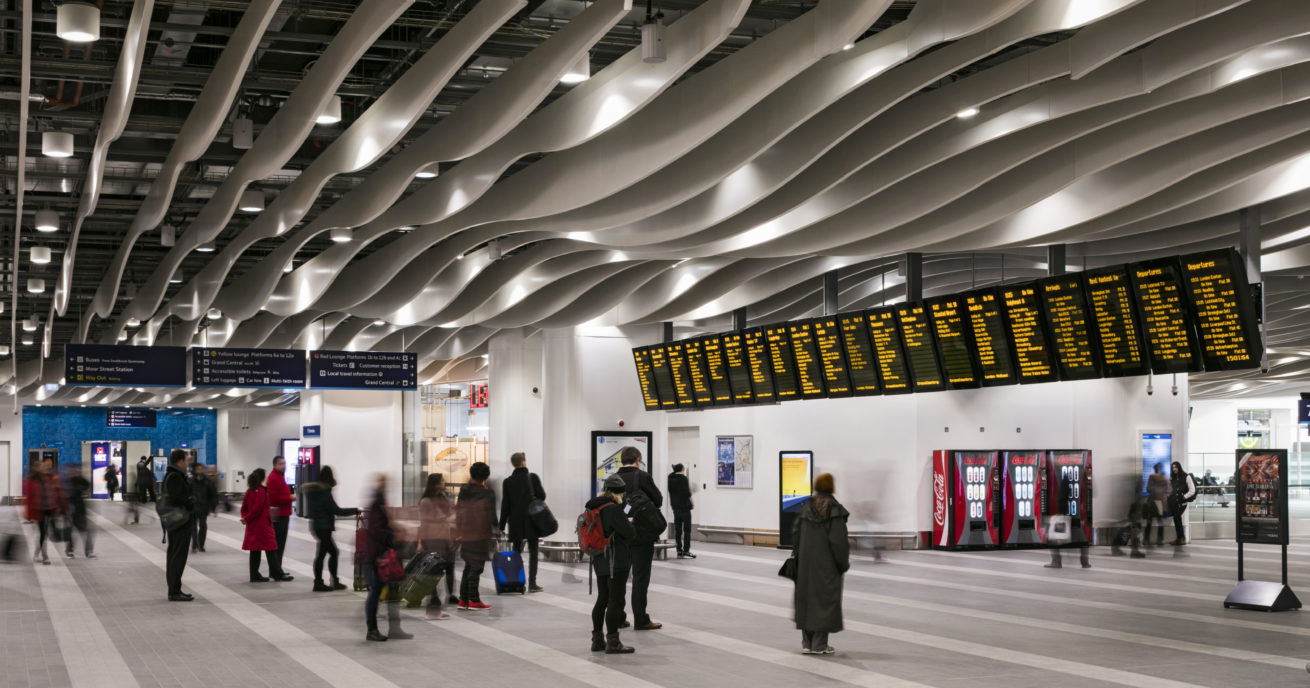As one of Britain’s biggest land owners, we have uncovered a wide array of historic artefacts on our journey to build a better railway.
Spanning thousands of years, remarkable finds during our £50bn Railway Upgrade Plan include traces of early Roman military occupation, evidence of the Boudican revolt and of Saxon and Medieval defences.
More modern pieces we have come across range from station equipment from past decades to a tiny house found in the cuttings at Liverpool Lime Street station, which has just opened a mini museum to display historic items.
Here are five times we’ve revealed the past on the railway:
Brunel’s workshops
Remains of Brunel’s workshop. Image credit – RSK Environment
In 2016, we unearthed historic remains of Isambard Kingdom Brunel’s engineering workshops during Crossrail project construction works near London Paddington station.
At Paddington New Yard, we found the remains of a very rare and early, steam-powered turntable, which was built to accommodate Brunel’s controversial wide-gauge tracks. We also uncovered several important buildings thought to be Brunel’s engineering workshops.
Previous Crossrail archaeological investigations to the north of the site had confirmed that Brunel – one of the world’s most revered and influential engineers – had used the area. However, much of the location of his workshops lay beneath the modern railway so their survival was uncertain.
First settlement at London Bridge
In 2014, Network Rail discovered hundreds of historic artefacts during excavations under the ancient arches of London Bridge station, which last year completed a £1bn transformation.
Findings included a wide range of everyday objects that gave an insight into the area’s first settlement:
- Timber piles built from trees felled between AD59 to AD83, which possibly formed part of a larger waterfront building on the edge of the settlement.
- A Medieval wall and floor fragments that may have been part of large houses on Tooley Street – these belonged to important clerics like the Prior of Lewes.
- Kilns for making clay tobacco pipes, dating from the 16th to 18th centuries.
Major Roman find at Borough Viaduct
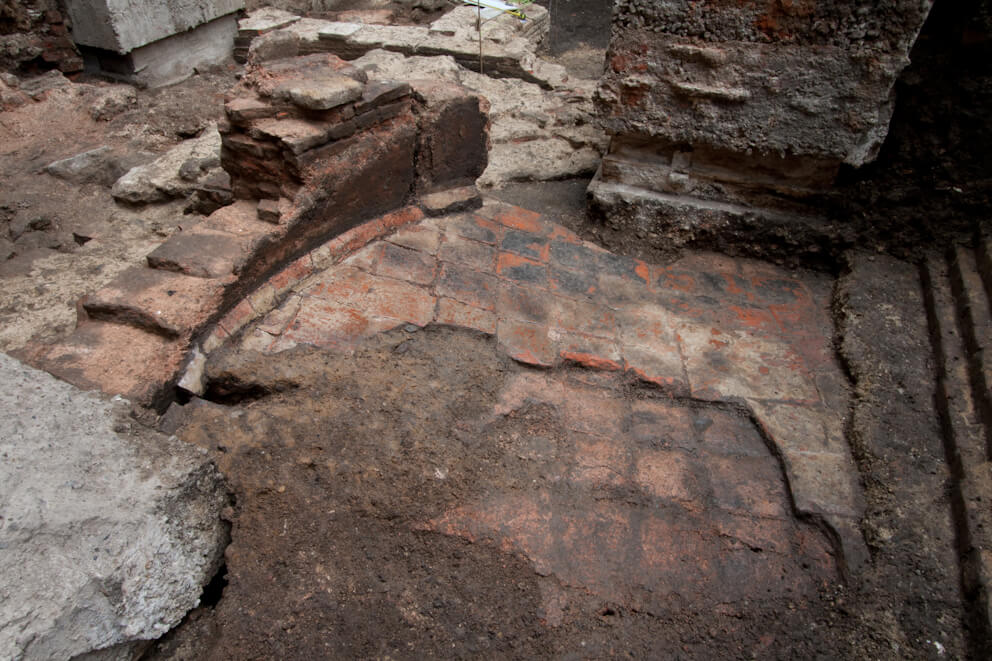
One of the biggest Roman finds in London on the south side of the River Thames. Archaeological work during construction of the Borough Viaduct in 2011 uncovered an array of remains from the Roman, Saxon, Medieval and more recent periods. The discoveries, made during the £6.5bn Thameslink Programme to transform London travel, provided a fascinating insight into the formation and growth of the ancient settlement at Southwark.
Some of the most exciting finds included:
- Traces of early Roman military occupation
- Evidence for the Boudican revolt
- A Roman bathhouse under Borough High Street, that was previously unknown
- Substantial evidence for the Saxon and Medieval defences of the settlement
- The remains of townhouses belonging to important medieval clerics and the St. Saviour’s and Park Street burial ground.
Ancient Roman Road
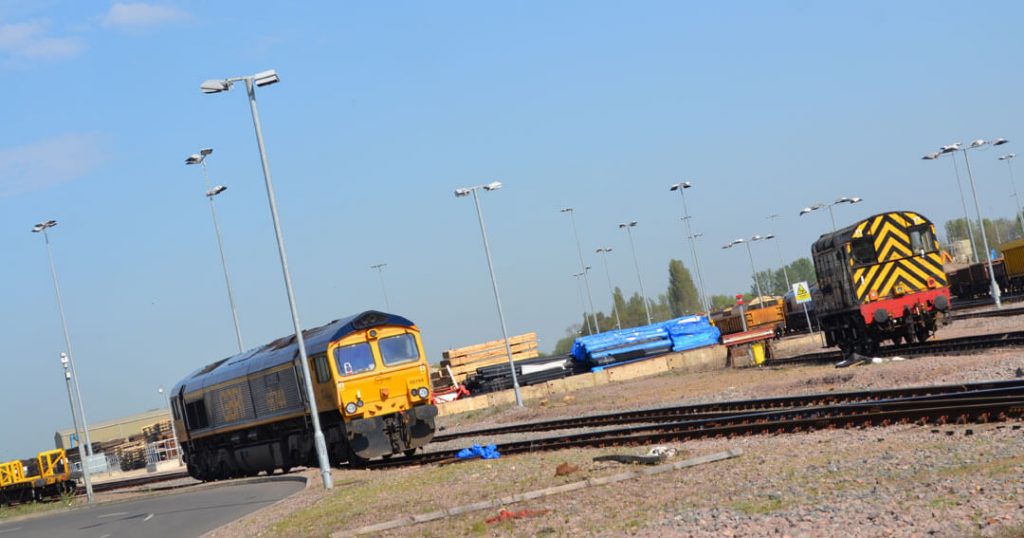
In 2010, historians and archaeologists spent months photographing and cataloguing many sites of archaeological interest on the site of Whitemoor, which today is home to Network Rail’s recycling centre in Cambridgeshire. Here they found a series
of Romano-British features thought to be associated with the Fen Causeway Roman Road.
Other findings at the site included WWII air raid shelters and many items dating back to the site’s original use as marshalling yard.
Liverpool Lime Street’s mini museum
A mini museum of historic items charting life at Liverpool Lime Street over the decades opened at the station in January 2019 following its huge £140m redevelopment. The display for visitors includes:
An original miniature lever frame equipment from the former Liverpool Lime Street signal box, which opened in January 1948. The signal box closed as part of the upgrade, with signalling control now at our Manchester Rail Operating Centre. Some of the equipment was transferred to Maidstone East – Network Rail’s last remaining signal box to use the miniature lever frame system. Above the signalling equipment, the original signal box panel diagram is also displayed.
The LMS trolley, named after the London, Midland and Scotland railway company, which operated from 1923 until 1947. Trolleys like this would have been used on the station to transport parcels and other goods across the station concourse to the train, ready for their final destinations.
Avery Autoprecision luggage scales, used on the station in the early 20th century to weight items up to 135lbs.
Meanwhile, in 2018, workers discovered a tiny house in the station’s cuttings during the redevelopment. Railway workers of the past would visit the hut-like structure, which today can only be accessed when trains are not running, to make tea.
Read more
- Preserving railway history: five things saved by Network Rail
- Network Rail graduates step into history
- Step back in time… and inside Britain’s busiest signal box
- Incredible Stephenson railway history rediscovered
- Read the George Stephenson notebook online
- An overview of our history
- Working with railway heritage
